Learn all about Deep Cycle AGM Batteries and the KickAss Range
For some time now, KickAss Products has been known for its range of 12V Fridge as well as a selection of 12V and camping products for avid 4WD and camping enthusiasts.
All of us would be aware of the normal 12V battery that is used in our cars. This is a wet cell (or flooded) lead-acid battery. These batteries have several plates of lead and lead dioxide that are submersed in an acidic liquid (electrolyte). The fluid level in these batteries needs refilling due to the process of electrolysis where hydrogen gas is released (when the battery is charged), and the water level drops.
Wet cell lead-acid batteries are designed to deliver huge amounts of current for very short periods of time (as required for starting motor vehicles) and be immediately recharged via the alternator or generator in the motor vehicle. As such, the voltage delivered by a wet cell battery never varies much from the nominal 12 volts. These batteries are generally rated in CCAs (Cold Cranking Amps) rather than AH or Ampere Hours.
So you may ask, what is a deep cycle battery?
In essence, deep cycle batteries are sealed lead-acid batteries that are designed to be discharged over a long period of time, usually to a lower level of voltage before being recharged. A more accurate term for sealed lead-acid batteries is a VRLA (valve-regulated-lead-acid) battery. These batteries contain inbuilt pressure relief valves allowing the escape of gasses that may build up if the battery is heated up or charged at a higher than the recommended rate.
Although some do have the capability of providing a large amount of current (Amps) for short periods of time, they should not be used to continually provide the same high levels of starting current like wet lead-acid batteries. Their primary application is to provide power as a fridge battery, for electric boat motors, golf carts etc.
The VRLA’s ability to be discharged over a long period of time coupled with their long life has resulted in them becoming the battery of choice for people enjoying the outdoors - whether it be in 4WDs, caravans, mobile homes, or just for those requiring a power solution in areas where self-sustainability is required and normal mains power is not available.
The terms AGM and GEL are often used or interchanged when talking about deep cycle batteries. By the very nature of their design, GEL or AGM batteries are fully sealed and can be mounted in any direction, on their side, on their end, upside down, etc. as fluid will not escape from the battery casing. They are often referred to as “maintenance free” but a more accurate term is “not serviceable” as the electrolyte cannot be replenished. Provided the batteries are not overcharged or exposed to high levels of temperature, any gasses that are given off do not escape from the battery and are reconstituted into the electrolyte thus ensuring a long life for the battery.
GEL and AGM batteries, although both being VRLA batteries, are not the same. GEL batteries use a fine silica powder mixed with the electrolyte to form an acidic paste that surrounds the battery plates. An AGM deep cycle battery on the other hand uses more advanced and robust technology using a thin Absorbed Glass Mat (AGM) ~ fiberglass cloth, that has been soaked in the sulphuric acid electrolyte and wrapped around the plates within the battery.
All 12V AGM Batteries may be continually "float" charged at around 14.1 volts at 25 °C. Sustained charging in excess of 16 volts will however result in damage (and a shorter life span) to the batteries.
As a general rule, you should never attempt to recharge a sealed lead acid battery at a rate faster than 25% (¼) of its total Ampere Hour (AH) rating. For example with a 120AH battery, you should never attempt to charge it at a rate exceeding 120 x 0.25 (25%) = 30 Amps.
The addition of the KickAss Range of Deep Cycle AGM Batteries ensures that people requiring complete dual, camping, or mobile battery solutions are covered by a product offering long-term solutions with an unrivaled 5 Year Warranty.
The batteries are not light, and their weight (ranging from 30 to 45 Kgs) adds credence to their durability. When used correctly you could expect to see a lifespan of, depending upon the individual battery, five to in excess of eight to ten years.
In summary, the KICKASS name says it all…
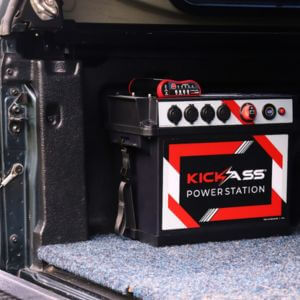
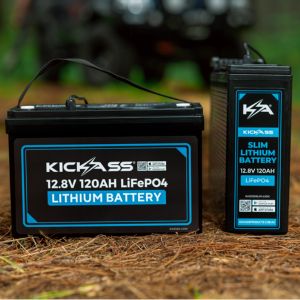
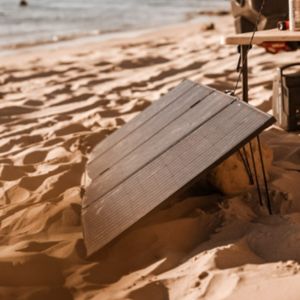
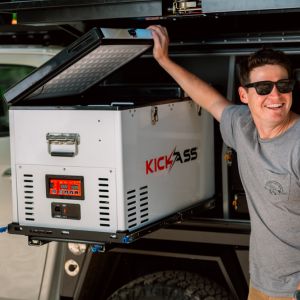

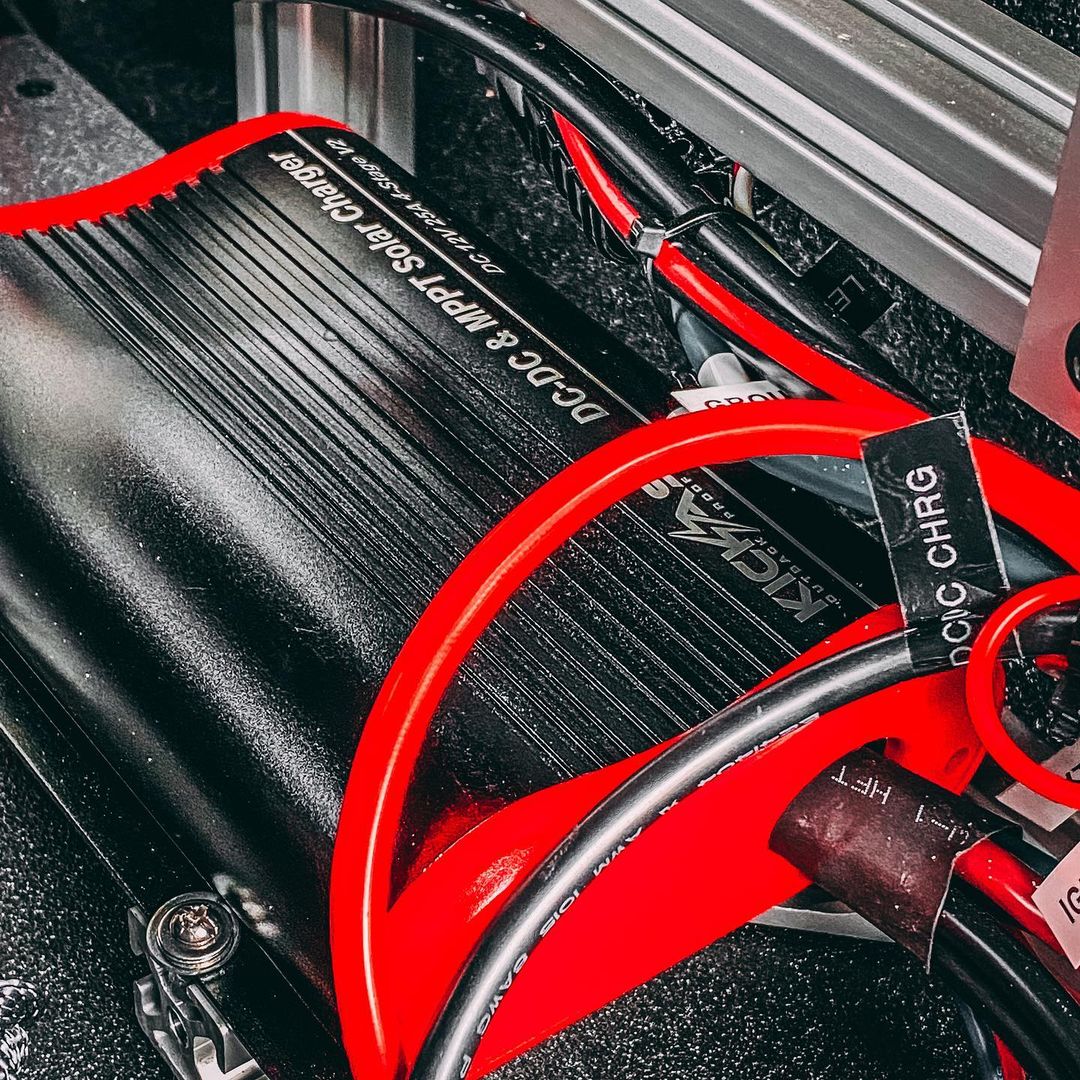
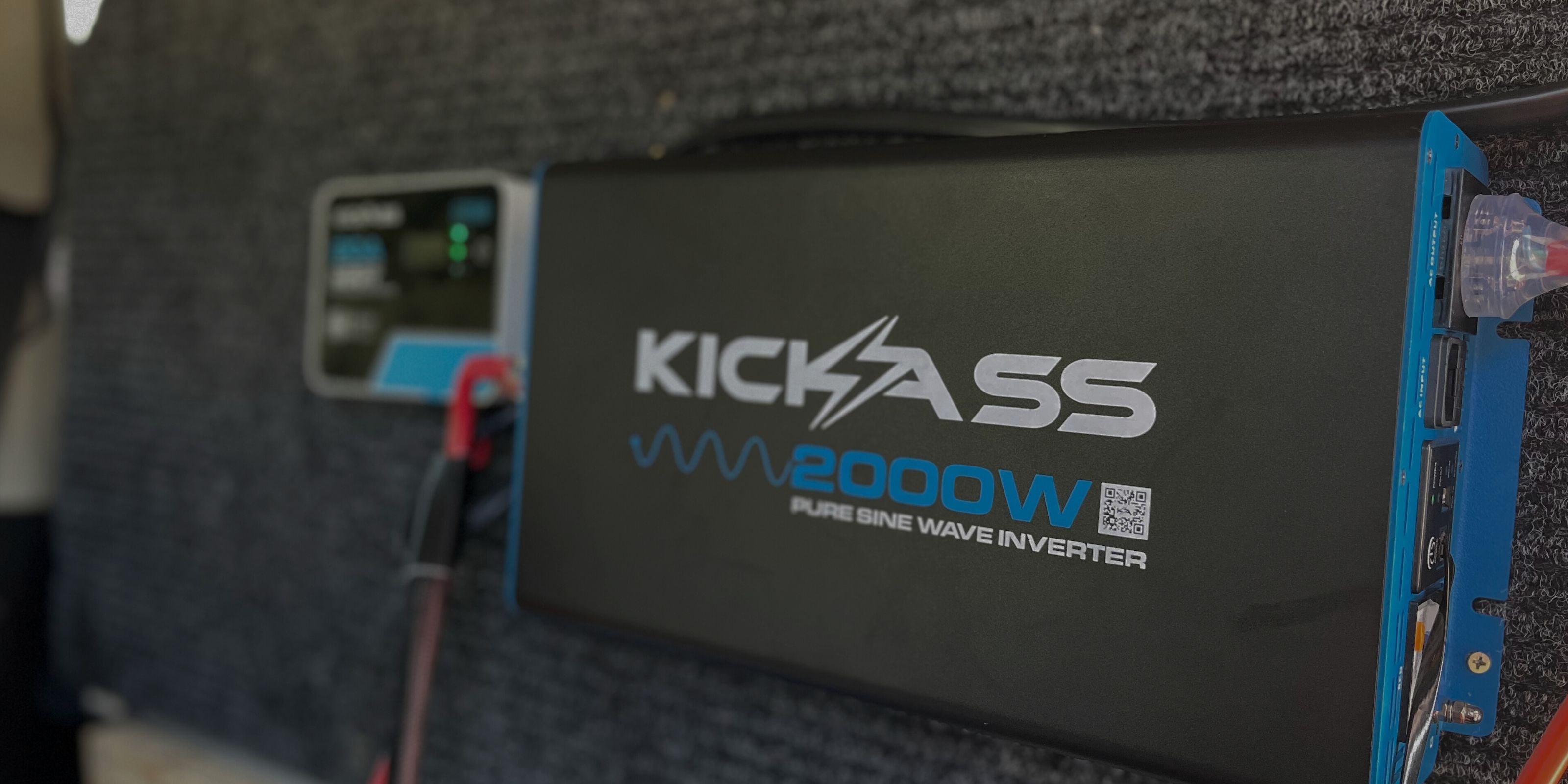
Leave a comment
All comments are moderated before being published.
This site is protected by hCaptcha and the hCaptcha Privacy Policy and Terms of Service apply.